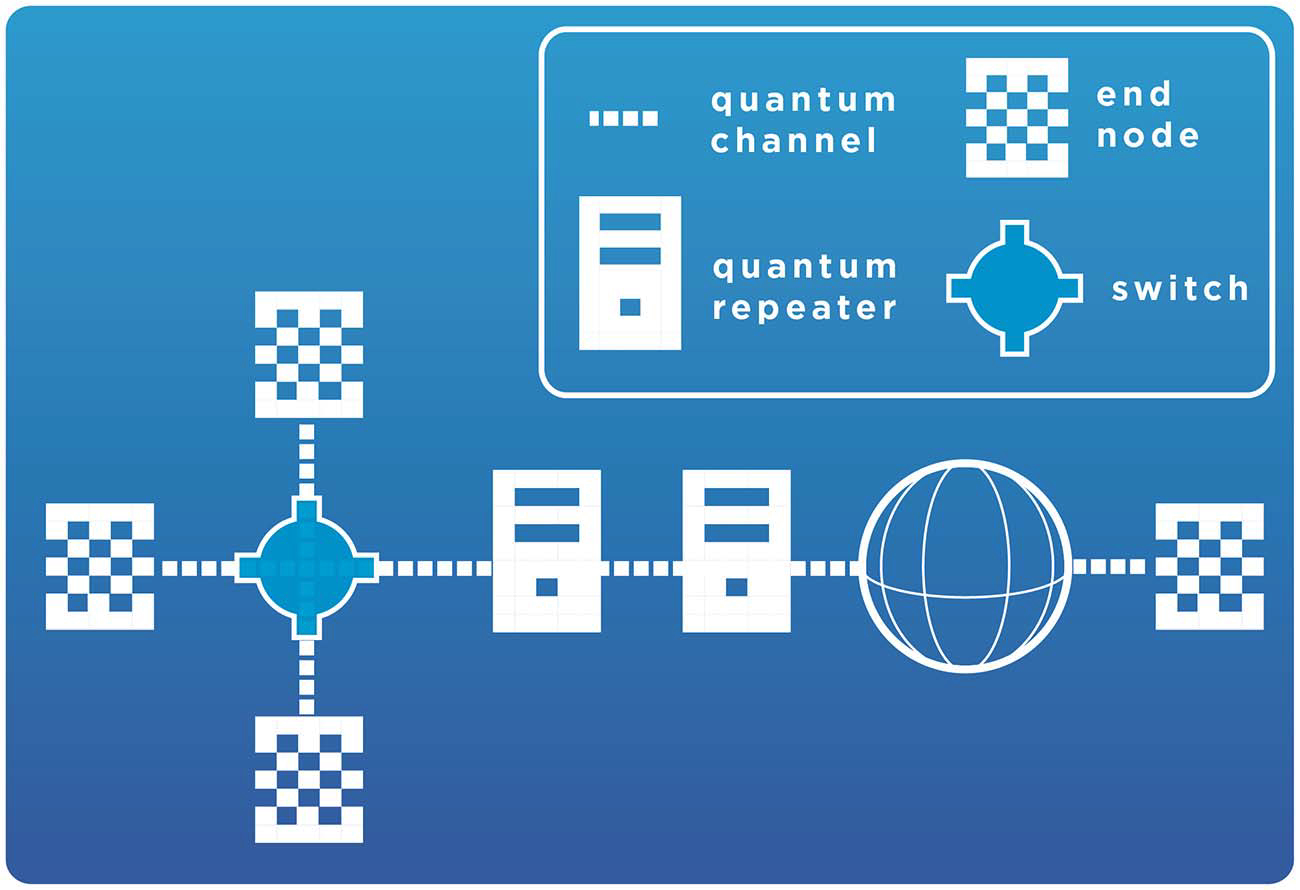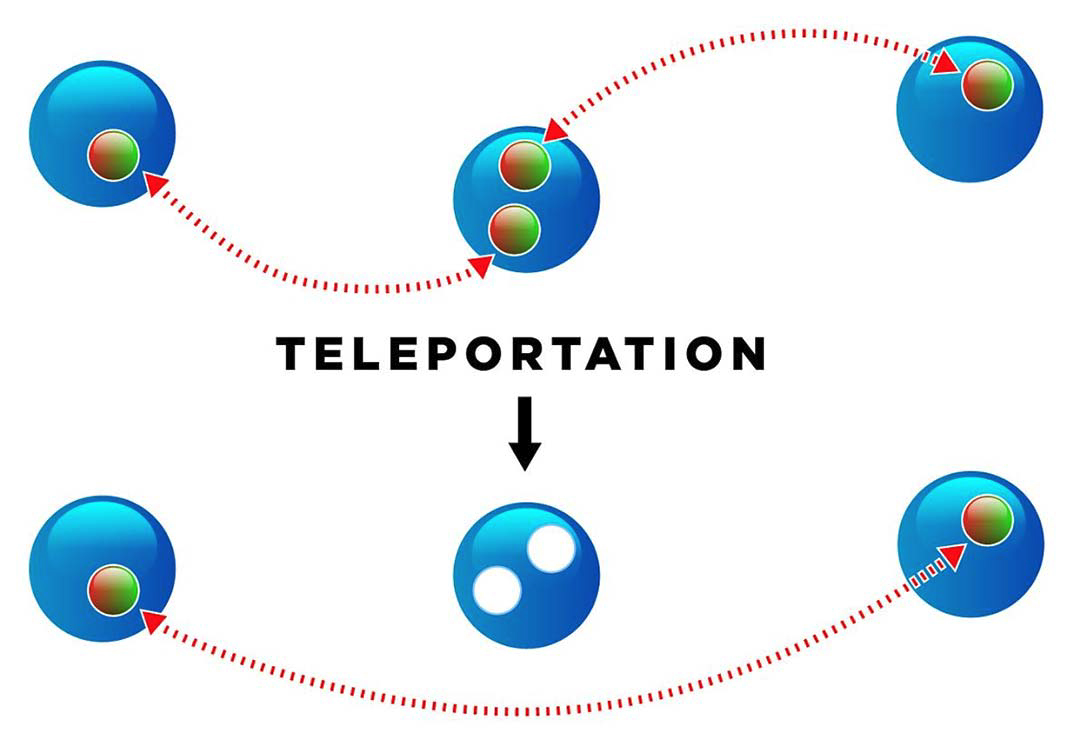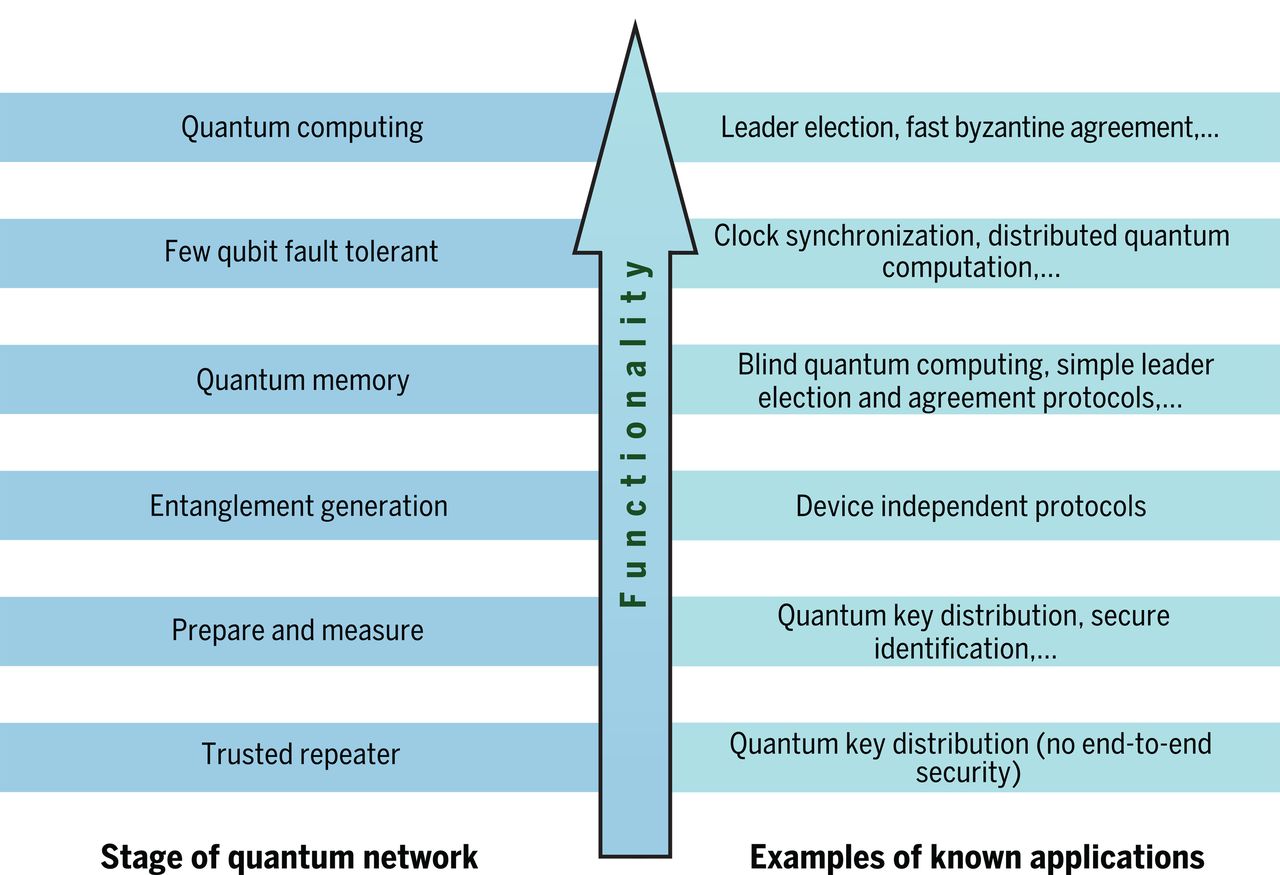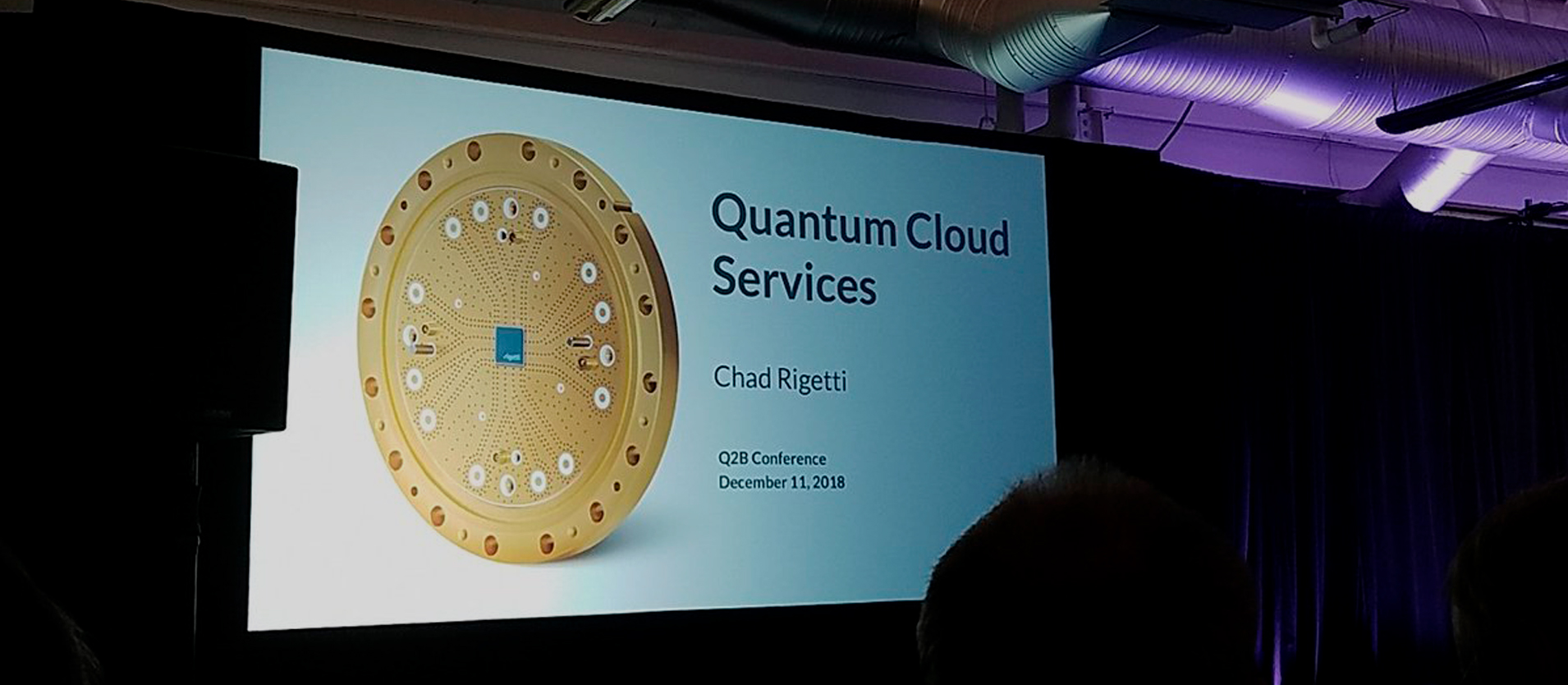Researchers from QuTech in Delft put forward a roadmap for Quantum Internet development
The purpose of a quantum internet is to enable applications that are fundamentally out of reach for the classical internet. A quantum internet could thereby supplement the internet we have today by using quantum communication, but some researchers go further and believe all communication will eventually be done over quantum channels. The best-known application of a quantum internet is quantum key distribution (QKD), which enables two remote network nodes to establish an encryption key whose security relies only on the laws of quantum mechanics. This is impossible with the classical internet. A quantum internet, however, has many other applications, that bring advantages that are unattainable with a classical network.
Such applications include secure access to remote quantum computers, more accurate clock synchronization, and scientific applications such as combining light from distant telescopes to improve observations. As the development of a quantum internet progresses, other useful applications will likely be discovered in the next decade. Central to all these applications is that a quantum internet enables us to transmit quantum bits (qubits), which are fundamentally different from classical bits. Classical bits can take only two values, 0 or 1, whereas qubits can be in a superposition of 0 and 1 at the same time. Importantly, qubits cannot be copied (no-cloning theorem), and any attempt to do so can be detected. It is this feature that makes qubits naturally well suited for security applications but at the same time makes transmitting qubits over long distances a truly formidable endeavor. Because qubits cannot be copied or amplified, repetition or signal amplification are ruled out as a means to overcome imperfections, and a radically new technological development, such as quantum repeaters, is needed in order to build a quantum internet.

A quantum internet consists of three essential quantum hardware elements
We are now at an exciting moment in time, akin to the eve of the classical internet. In late 1969, the first message was sent over the nascent four-node network that was then still referred to as the Advanced Research Projects Agency Network (ARPANET). Recent technological progress now suggests that we may see the first small-scale implementations of quantum networks within the next 5 years.
At first glance, realizing a quantum internet may seem even more difficult than building a large-scale quantum computer. After all, we might imagine that in full analogy to the classical internet, the ultimate version of a quantum internet consists of fully fledged quantum computers that can exchange an essentially arbitrary number of qubits. Thankfully, it turns out that many quantum network protocols do not require large quantum computers to be realized; a quantum device with a single qubit at the end point is already sufficient for many applications. What’s more, errors in quantum internet protocols can often be dealt with by using classical rather than quantum error correction, imposing fewer demands on the control and quality of the qubits than is the case for a fully fledged quantum computer. The reason why quantum internet protocols can outperform classical communication with such relatively modest resources is because their advantages rely solely on inherently quantum properties such as quantum entanglement, which can be exploited already with very few qubits. By contrast, a quantum computer must feature more qubits than can be simulated on a classical computer in order to offer a computational advantage. Given the challenges posed by the development of a quantum internet, it is useful to reflect on what capabilities are needed to achieve specific quantum applications and what technology is required to realize them.

Quantum repeaters work in a fundamentally different way from classical repeaters.
The researchers from Delft, Stephanie Wehner, David Elkouss and Ronald Hans, have defined different stages of development toward a full-blown quantum internet. They expect that this classification will be instrumental in guiding and assessing experimental progress as well as stimulating the development of new applications by providing a common language and reference frame for the different scientific and engineering disciplines involved.
More advanced stages are distinguished by a larger amount of functionality, thus supporting ever more sophisticated application protocols. For each stage, we describe some of the application protocols that are already known and that can be realized with the functionality provided in that stage. It is conceivable that a simpler protocol, or better theoretical analysis, may be found in the future that solves the same task but is less demanding in terms of functionality. In parallel to the daunting experimental challenges in making quantum internet a reality, there is thus an opportunity for quantum software developers to design protocols that can realize a task in a stage that can be implemented more easily. The researchers have identified relevant parameters for each stage to establish a common language between hardware and software developers. Last, they have reviewed technological progress in experimental physics, engineering, and computer science that is required to attain such stages.

Stages in the development of a quantum internet
Building and scaling quantum networks is a formidable endeavor, requiring sustained and concerted efforts in physics, computer science, and engineering to succeed. The proposed stages of development will facilitate interdisciplinary communication by summarizing what we may actually want to achieve and providing guidelines both to protocol design and software development as well as hardware implementations through experimental physics and engineering. Although it is hard to predict what the exact components of a future quantum internet will be, it is likely that we will see the birth of the first multi-node quantum networks in the next few years. This development brings the exciting opportunity to test all the ideas and functionalities that so far only exist on paper and may indeed be the dawn of a future large scale quantum internet.
For further information: “Quantum internet: A vision for the road ahead”




